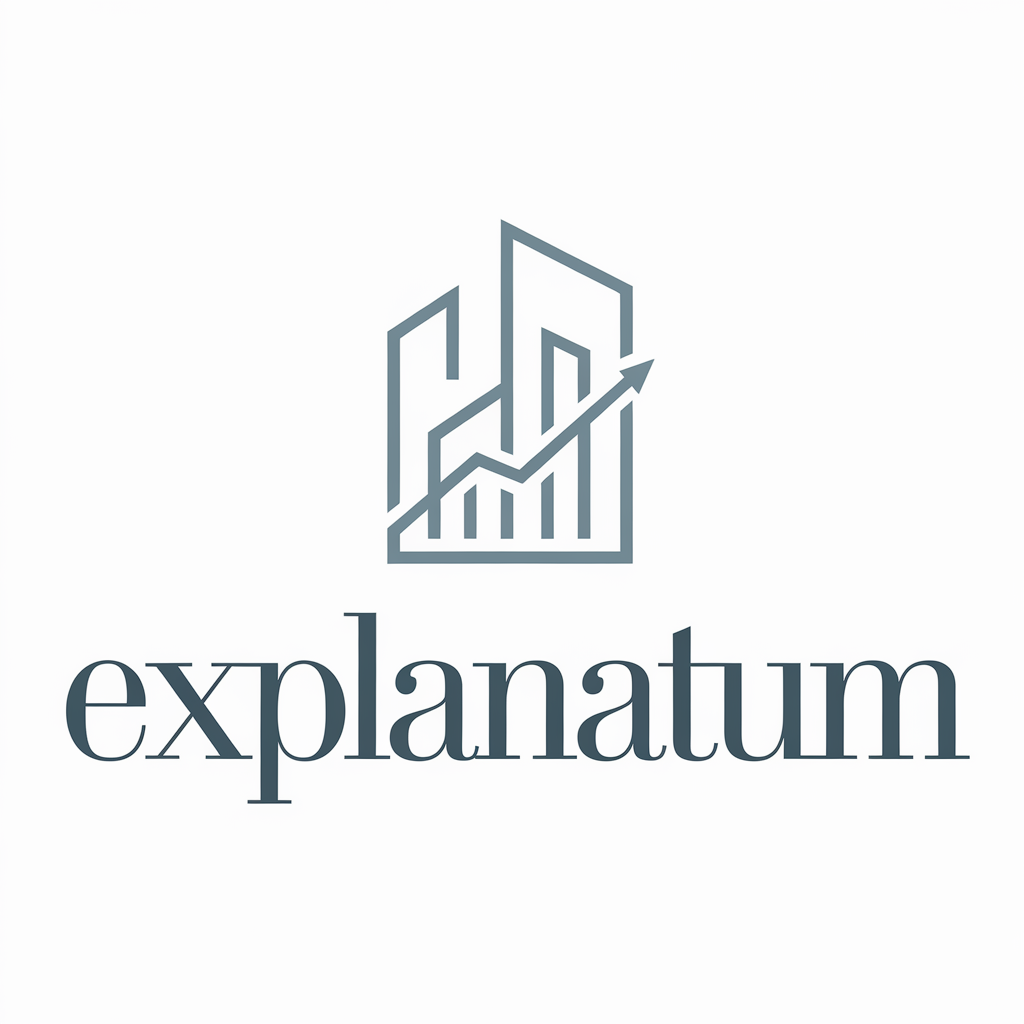Understanding the nuances of share classes in the domain of mutual funds is vital for investors moving through the complexities of the financial market. From A-shares to C-shares, each class offers unique advantages and drawbacks that can impact investment outcomes.
The distinctions in fee structures, voting rights, and potential costs associated with different share classes underscore the importance of making informed decisions tailored to individual financial objectives.
Delving deeper into these variations can provide valuable insights into optimizing investment strategies and maximizing returns.
Key Takeaways
- Share classes like A, B, and C offer distinct fee structures and expenses.
- B-shares have higher expenses with a back-end sales load and decreasing CDSC.
- Voting rights vary across share classes, influencing investors' control.
- Understanding share class fees, voting rights, and characteristics is crucial for tailored investment decisions.
In the domain of investment instruments, understanding the intricacies of various share classes is essential for investors seeking to make informed decisions tailored to their financial goals and risk tolerance. Share classes such as A, B, and C in mutual funds have distinct fee structures and expenses.
Mutual fund B-shares, for example, come with a back-end sales load structure that includes a contingent deferred sales charge (CDSC). These B-shares typically incur higher total expenses due to 12b-1 fees allocated for marketing and distribution purposes.
Additionally, different share classes like ordinary, preference, and redeemable shares offer varying rights and benefits to investors. Share class designations, such as Class A and Class B, further help differentiate investor privileges and voting rights within the investment landscape.
Among the various share classes available in investment instruments, each class possesses unique characteristics that impact investors' financial decisions and outcomes.
For instance, share classes like A, B, and C in mutual funds have differing fee structures. B-shares typically have higher expenses due to 12b-1 fees, which are charged for marketing and selling purposes and deducted from fund assets. Additionally, B-shares charge a sales load upon redemption, with a contingent deferred sales charge (CDSC) that decreases over time.
These shares operate on a back-end sales load structure, where the CDSC is applied if shares are sold within a specific timeframe. Understanding these distinct features is essential for investors to make well-informed investment choices aligned with their financial goals and risk tolerance.
Share classes exhibit varying degrees of voting rights, impacting shareholders' ability to influence corporate decisions and participate in governance structures. Understanding these variations is essential for investors. Below is a table summarizing the differences in share class voting rights:
| Share Class | Voting Rights | Impact |
|---|---|---|
| Class A Shares | Standard voting rights | Balanced influence on company decisions |
| Class B Shares | Enhanced voting rights | Increased control in corporate governance |
| Non-Voting Shares | No voting rights | Limited participation in decision-making processes |
Diverse voting rights among share classes can have a significant influence on investors' control and say in company affairs.
Understanding the fee structure associated with different share classes is important for investors seeking to make informed decisions regarding their investment choices.
- B-shares in mutual funds often have higher total expenses due to 12b-1 fees for marketing.
- The CDSC for B-shares decreases over time to incentivize longer holding periods.
- B-shares have a back-end sales load structure, with charges upon redemption.
- Investors of B-shares can opt to pay sales charges directly or have them deducted from fund assets.
- Although operating expenses for B-shares are similar to other classes, the higher total expenses are primarily due to additional fees like 12b-1 distribution fees.
Investors can distinguish between share classes based on their specific rights, privileges, and associated financial characteristics. Share classes vary in voting rights, dividend preferences, fee structures, minimum investment requirements, and sales charges.
Institutional share classes, denoted by symbols like I, R, N, X, and Y, typically offer lower fees and cater to high-net-worth and institutional investors. Understanding these differences is essential for making well-informed investment decisions.




